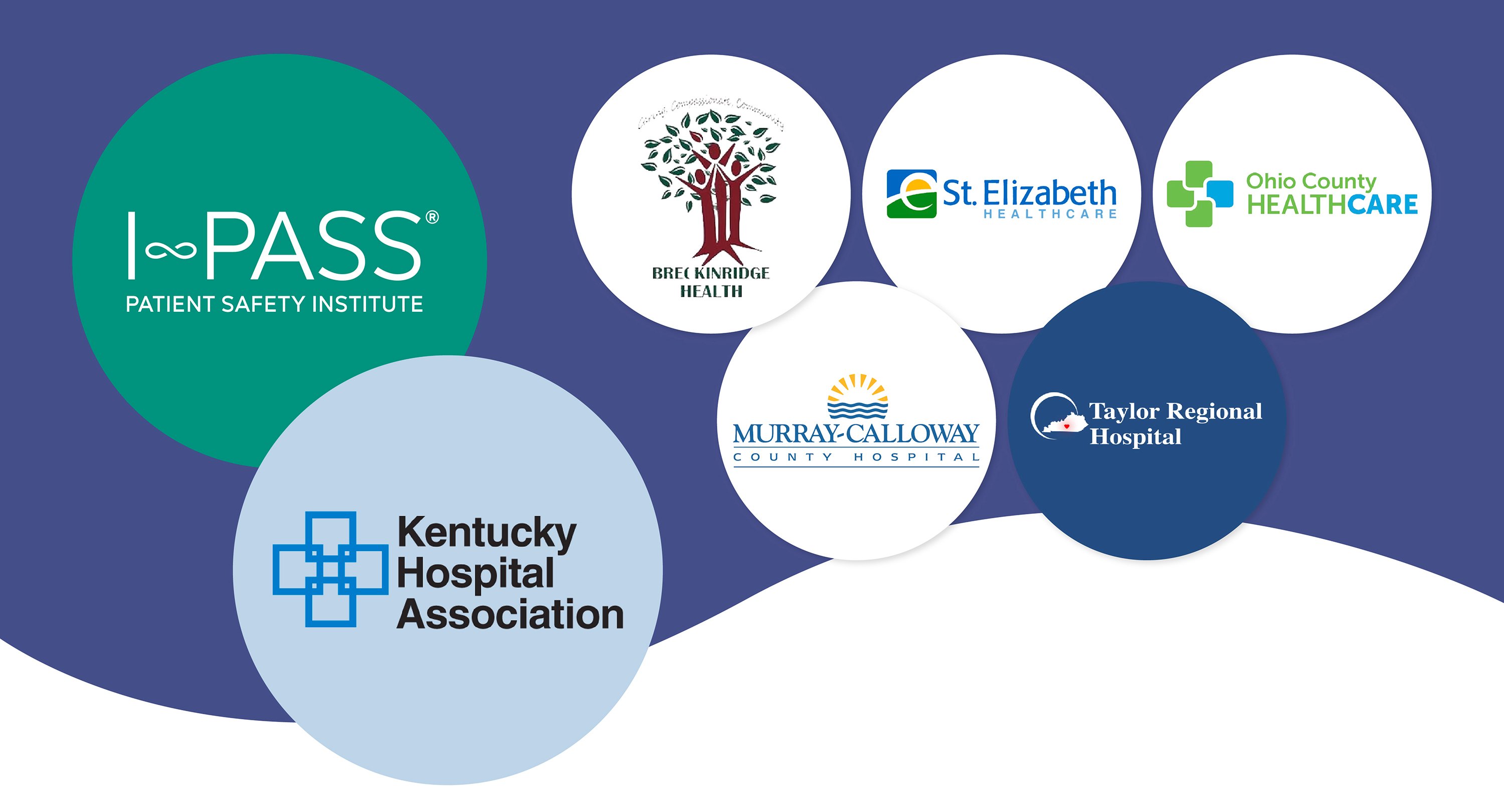Bob Hanscom, I-PASS Strategic Advisor
The healthcare industry generates an abundance of data—flowing from system to system, provider to provider, provider to patient, and so on—mainly used in real time to make care decisions. There’s also an opportunity to examine less conventional data sets, such as malpractice claims, to proactively avoid future medical errors and improve patient care.
The findings from a deep examination of malpractice data can reveal which clinical service areas need attention and can empower a hospital’s leadership team to accurately invest in patient safety and risk management solutions. In the late 1990s, a mutual patient safety movement was initiated following the release of the Institute of Medicine’s report that revealed shocking statistics around the frequency of avoidable errors. The report underlined the value of data in helping providers, practices, and hospitals gain a better understanding of the vulnerabilities embedded in the care delivery setting.
Identifying Signals in Malpractice Data
It’s critical for hospitals to focus on delivering patient care safely and effectively, and the power of data can help achieve this goal. When considering which data sets directly inform the patient safety mission, medical malpractice cases should rise to the top as they often represent high-severity scenarios. Typically, providers and hospitals prefer to put malpractice cases behind them and avoid reliving the events. But this is a missed opportunity to learn and prevent future risk. Instead, healthcare institutions should foster an environment where malpractice data is used for proactive risk management.
While malpractice data has limitations—such as n size, a view of the past, and rare factors—it also contains signals that warn us about the hidden vulnerabilities routinely involved in medical liability cases. Once uncovered, these signals can inform better solutions and ultimately drive patient care improvements. When we ignore these critical signals, it’s at our own peril.
Following Signal Data Down to the Root Cause
A close examination of malpractice data can reveal patterns and trends that point to the probability of an adverse event reoccurring. Of course, there will always be some outliers—like strange events that only happen once in a blue moon—which can be considered weak signals. Strong signal data signifies an event that will likely happen again and result in serious outcomes. Malpractice data can also be combined with other data sets like patient complaints to help find the root cause of adverse events that often lead to malpractice claims.
While there has certainly been some improvement in patient safety standards in the past few decades, there’s still a significant opportunity for healthcare institutions to move toward a safer environment with less process variability. Other high-risk industries like aviation, nuclear safety, and automobile production have strict safety standards and little variation across the industry. In contrast, the healthcare industry has myriad care delivery processes that differ among institutions.
The current nursing shortage highlights the lack of standardization in hospitals. Traveling nurses know firsthand that care delivery processes differ across institutions, many of which directly involve the handoff of critical information related to patient care. While these variations cause an increased risk of patient harm, most institutions still have their own process, or lack thereof, for handoff communication.
Data-Driven Changes Propel Patient Safety Improvements
Signal data not only stresses the importance of creating safety standards, but also urges leaders to find solutions for the variables contributing to medical liability cases. A retrospective review of malpractice claims data from the Journal of Patient Safety found that approximately half of medical malpractice claims can be linked to communication failures, and 40% of those cases included a handoff of care. Further, the results of the study identified that 77% of the claims involving a failed handoffs could have been prevented had a handoff tool been used.
Additionally, communication failures represent a substantial financial burden on the healthcare system. Malpractice cases involving communication errors are nearly twice as expensive to defend. Overall, these findings emphasize the importance of implementing communication tools and strategies to mitigate the risk of medical malpractice claims.
Historically, risk management has been a discipline that has been more reactive than proactive. Today, the goal of reducing medical malpractice claims goes beyond avoiding legal trouble and financial volatility—it has transformed into a unified patient safety mission. Now the focus is on getting more groups of people to work together toward this mission—including hospitals, providers, practices, and medical professional liability (MPL) organizations.
By using signal data, stakeholders can see with greater clarity that errors in patient care transitions can be reduced if you minimize the variability in communication, and they can also see how to proactively reduce the risk of harm to their patients. At the I-PASS Patient Safety Institute, we believe that structured communication is a key opportunity to significantly impact clinical quality, safety, patient experience, and culture.

.png)



